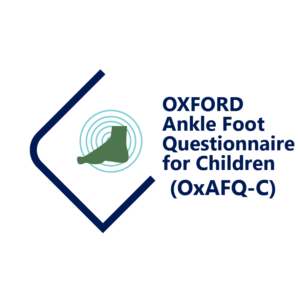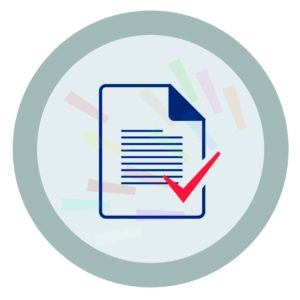These are some of the more specific ways the OxAFQ-C is currently employed by our user community:
- Clinical investigation into the impact of foot anomalies for patients with Aperts Syndrome,
- A pilot study foot pain and shape in teenagers,
- Multi Centre, randomised controlled trial, Heel raises versus prefabricated orthoses in the treatment of posterior heel pain associated with calcaneal apophysitis (Sever’s disease),
- Ankle joint sprains in children and evaluating the outcome of therapy,
- Prospective Comparison of Hind Foot Stabilization Procedures in Children,
- Study to assess the efficacy of orthotic therapy in treatment of patients with a range of musculoskeletal/Orthopaedic foot and ankle conditions.
^ Back to top



